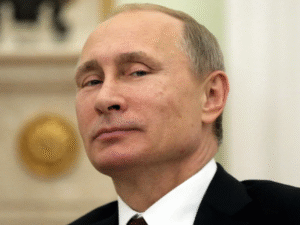$GC $SLV $DXY
#Gold #Silver #Fed #Hawkish #InterestRates #Economy #Markets #Investing #PreciousMetals #Inflation #DollarIndex #Commodities
Gold and silver prices saw a significant decline in early U.S. trading on Thursday, a reaction to the Federal Reserve’s unexpectedly hawkish pivot announced Wednesday. The Fed’s tone, which suggested a stronger commitment to keeping monetary policy restrictive for a prolonged period, caught market participants off guard. This shift dampened sentiment in the precious metals market, historically considered a haven during economic uncertainty. Gold futures, tracked by $GC, dropped sharply to their lowest levels in recent weeks, while silver, represented by $SLV, faced additional selling pressure. Treasury yields surged in response to the Fed’s updated stance, bolstering the $DXY, a broad measure of the U.S. dollar’s strength, which exerted downward pressure on gold and silver as commodities priced in dollars become less attractive in such a scenario.
The Federal Reserve opted to keep interest rates unchanged during its September policy meeting. However, Chair Jerome Powell’s comments signaled a longer path toward rate cuts than previously expected. Projections showed that Fed officials anticipate one more rate hike by the end of the year and expect rates to remain higher through 2024. This hawkish revision intensified fears of continued dollar strength and tighter financial conditions, making it more expensive for investors to hold non-yielding assets like gold and silver. Market participants who had been betting on a dovish shift were forced to recalibrate their positions, spurring an exodus from the metals market. This dynamic seeped into broader risk assets, with equities also reflecting increased caution on the part of investors.
The rise in Treasury yields, particularly those on the 10-year note hitting multi-year highs, proved to be another decisive factor in gold’s downturn. Higher yields strengthen the opportunity cost of holding gold, which offers no yield, making fixed-income securities more appealing in the current environment. Additionally, the $DXY surged to fresh highs, exacerbating the challenges for gold prices. Historically, there is often an inverse relationship between the dollar index and metal prices. As the dollar’s purchasing power strengthens, international buyers face higher costs for precious metals, thereby dampening global demand. It’s worth noting that central banks around the world, particularly those in emerging markets, have been significant buyers of gold in recent years. However, this new wave of dollar strength could curb their enthusiasm for further purchases in the short term.
Despite Thursday’s selloff, some analysts remain cautious yet optimistic about the long-term prospects for gold. Inflation concerns, geopolitical uncertainty, and elevated debt levels across major economies are factors still supporting gold’s relevance as a diversifier and safe-haven asset. This pullback may present buying opportunities for long-term investors, although any sustained recovery is likely to face headwinds as long as the Fed maintains its aggressively hawkish posture. In the meantime, market watchers are fixated on upcoming U.S. economic data, particularly employment numbers and inflation indicators, which could provide additional clarity on the Fed’s future policy path. The interplay between these indicators and the Fed’s evolving rhetoric will remain central to determining the trajectory of precious metals and broader asset classes in the months ahead.







Comments are closed.